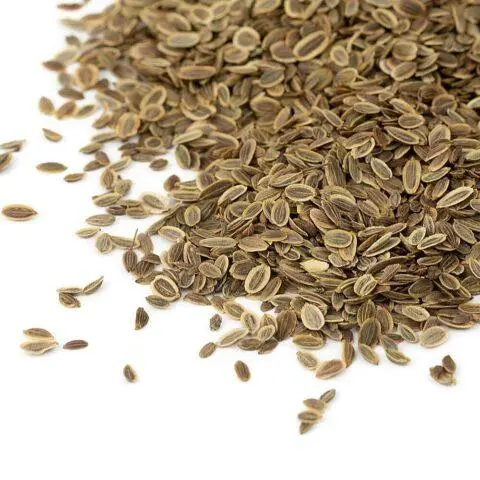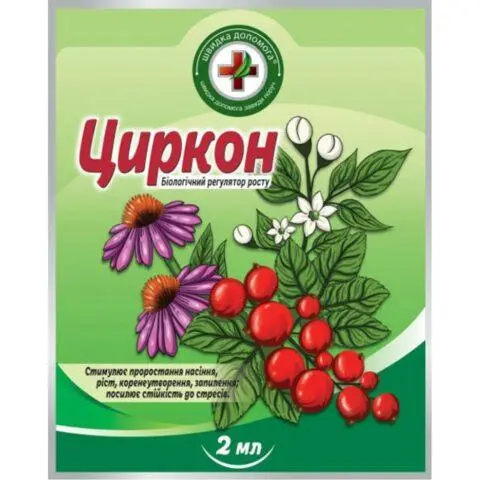Contents
Soaking dill for quick germination is necessary in order to remove the ethereal film from the surface. If this is not done, some of the grains will not germinate, while the other will sprout rather slowly. Pre-planting material is washed in warm water, and then soaked and disinfected.
Do I need to soak dill seeds before planting?
Most experienced summer residents agree that preparing dill seeds for sowing includes mandatory soaking. This process allows you to increase germination, as well as undergo disinfection to prevent viral, bacterial and fungal diseases.
For soaking dill, not only ordinary water is used, but also special solutions, for example:
- vodka;
- wood ash;
- honey;
- hydrogen peroxide;
- potato juice and others.
Pre-seeds must be treated in water. Washing them under a little pressure, summer residents clean the grains from a layer of essential oils that interfere with germination.
Testing seeds for germination
Even with proper soaking, not all dill seeds will sprout. Therefore, they must first be checked for germination. There are several methods for this:
- Dissolve a tablespoon of salt in 1 liter of warm water and mix well. Put the seeds in and see. Some part will settle to the bottom – with them further soaking and sowing can be carried out. If the grains float to the surface, they are immediately discarded.
- To germinate grains – take a saucer, put a damp cloth, then planting material and wrap it with a cloth on top. Instead, you can use two cosmetic discs or a cloth. Put in a warm and dark place, periodically spray a napkin for a successful soak. The first sprouts will appear in a few days, the remaining grains are rejected.
- Germination in sawdust – they are scalded several times with boiling water, laid out in containers and dill is planted. Put in a warm, dark place and germinate for several days.
- To check for germination, instead of soaking, a control sowing in a separate container can also be carried out.

Dill seeds can be tested for germination in saline
How to prepare dill seeds for planting
Planting material does not always sprout, so you first need to carry out soaking and other procedures for further cultivation. The sequence of actions is as follows:
- The grains are thoroughly rinsed in warm liquid. After that, dill seeds should be soaked in hot water (the finger should not be burned) and left for a day so that they swell and get rid of the shell with essential oils. This protective layer interferes with germination, which reduces germination.
- After that, a layer of fabric is spread on a saucer or other flat surface, the grains are laid out and covered with a rag on top. Pour with warm water, periodically repeat moistening. As soon as the sprouts hatch (after 4-5 days), you can start sowing.
- Instead of soaking in the traditional way, you can put the dill in a linen bag and change the water several times, crushing the grains. The procedure is completed by etching in potassium permanganate (1 g per 1 liter) for 3-4 hours.
How to soak dill seeds before planting
For soaking, you can choose not only water, but also many other means. For example, potassium permanganate, peroxide, growth stimulants and even ordinary vodka are well suited.
In water
Soaking in water is the easiest and most affordable way. Dill planting material is placed in a small container and moderately hot water is poured with a temperature of no more than 60 degrees. Then they wait 1-2 days, after which they start dressing and directly to sowing.
in vodka
Vodka contains a large amount of ethyl alcohol, so dill is soaked for no more than 15 minutes. The grains are wrapped in gauze, tied at the base with a knot and dipped into a glass of vodka, keeping the specified time.
In potassium permanganate
Potassium permanganate is a good disinfectant, it is often used to treat dill seeds, herbs, vegetables and other crops. To prepare the solution, take 1 g per 1 liter. You can also navigate by color – it should be bright pink, but not lilac (moderate). Dill planting material is placed literally for three hours, and then removed.

The potassium permanganate solution should have a bright pink color.
In wood ash
You can also soak dill in an infusion of wood ash. To do this, take 2 tbsp. l. raw materials (no more than 2 g) and dissolved in 1 liter of warm water. Insist for two days in a warm place, stirring occasionally. Carefully drain the solution so that the sediment remains at the bottom. Put dill seeds in a cloth bag and stand for at least four hours. This tool not only allows the seeds to swell, but also stimulates germination.
In herbal infusions
To speed up the emergence of dill seedlings, soaking can also be done in decoctions of herbs. The most popular options are chamomile or aloe. In the first case, it works like this:
- Take a tablespoon of dried and crushed raw materials, pour boiling water (glass).
- Insist under the lid until the broth cools to 50 degrees.
- Lower the bag with dill planting material.
- Withstand at least 30 minutes.
In the case of aloe for soaking, they act like this:
- Take a few healthy leaves, wrap in a dark cloth or foil.
- Put in the refrigerator for 10-15 days.
- Manually squeeze the juice (without blenders and meat grinders).
- Dilute it with water in a ratio of 1:1.
- Immerse in a solution of grain for a day.
In complex solution
A complex solution for soaking dill got its name because it contains several components at once (the amount is indicated per 1 liter of boiled water):
- ash – 2 tbsp. spoons;
- potassium permanganate – 1 g;
- soda – 5 g;
- boric acid – 0,3 g;
- onion peel – 100 g.
First prepare the soaking solution. Onion peel is placed in cold water, put on fire and boiled for several minutes. Then ash and boric acid are added, and after cooling, the remaining components. Infuse for a day, filter and soak the dill for five hours.
Growth stimulants
Very often, planting material is soaked in growth stimulants – special preparations that activate cell division and germination itself. The most effective include:
- “Humate” is an organic product containing humic acid.
- “Epin” – a drug to strengthen immunity and resistance to adverse environmental factors.
- “Zircon” – activates the growth of the root system due to organic cicoric acid.

Zircon is one of the best growth stimulants
disinfection
Disinfection of dill is traditionally carried out in potassium permanganate. A bright pink solution is obtained (1 g of crystals per 1 liter of warm water), the grains are immersed for 3-4 hours, and then they are taken out and planted. You can also add baking soda, boric acid, as described above in the complex solution recipe.
If there is no potassium permanganate, dill seeds can be soaked in peroxide. To do this, buy a standard pharmacy solution with a concentration of 3%. But the procedure must be carried out as quickly as possible – no more than six minutes.
soaking errors
Soaking in itself is a very simple procedure available to all summer residents. But sometimes novice amateurs make mistakes that can even lead to the death of seeds. The most common include:
- Soaking for several days – in this case, the seeds can simply “suffocate” and even rot. As a rule, the grains are placed in a solution or infusion for no more than 3-4 hours.
- The concentration of drugs must be carefully observed. For example, a solution of potassium permanganate should not be too saturated. Measurement should be carried out on a kitchen scale with an accuracy of tenths.
- The soaking solution should be warm enough, but not very hot – optimally in the range of 50-60 degrees. If you lower your finger and it becomes uncomfortable, it is worth waiting a few more minutes to cool down.
- To increase the germination of dill, it is necessary to observe other rules of agricultural technology – choose the right place, periodically water and fertilize on time. The soil is first dug up, and then regularly loosened, watered abundantly. It is worth planting grains to a depth of 2 cm. It is permissible to leave 20-30 cm between rows.
Conclusion
Soaking dill for quick germination is necessary in order for as many seeds as possible to sprout. Also, the procedure is carried out to activate growth and disinfection. To do this, you can use the available tools, the recipes of which are described in the article.










